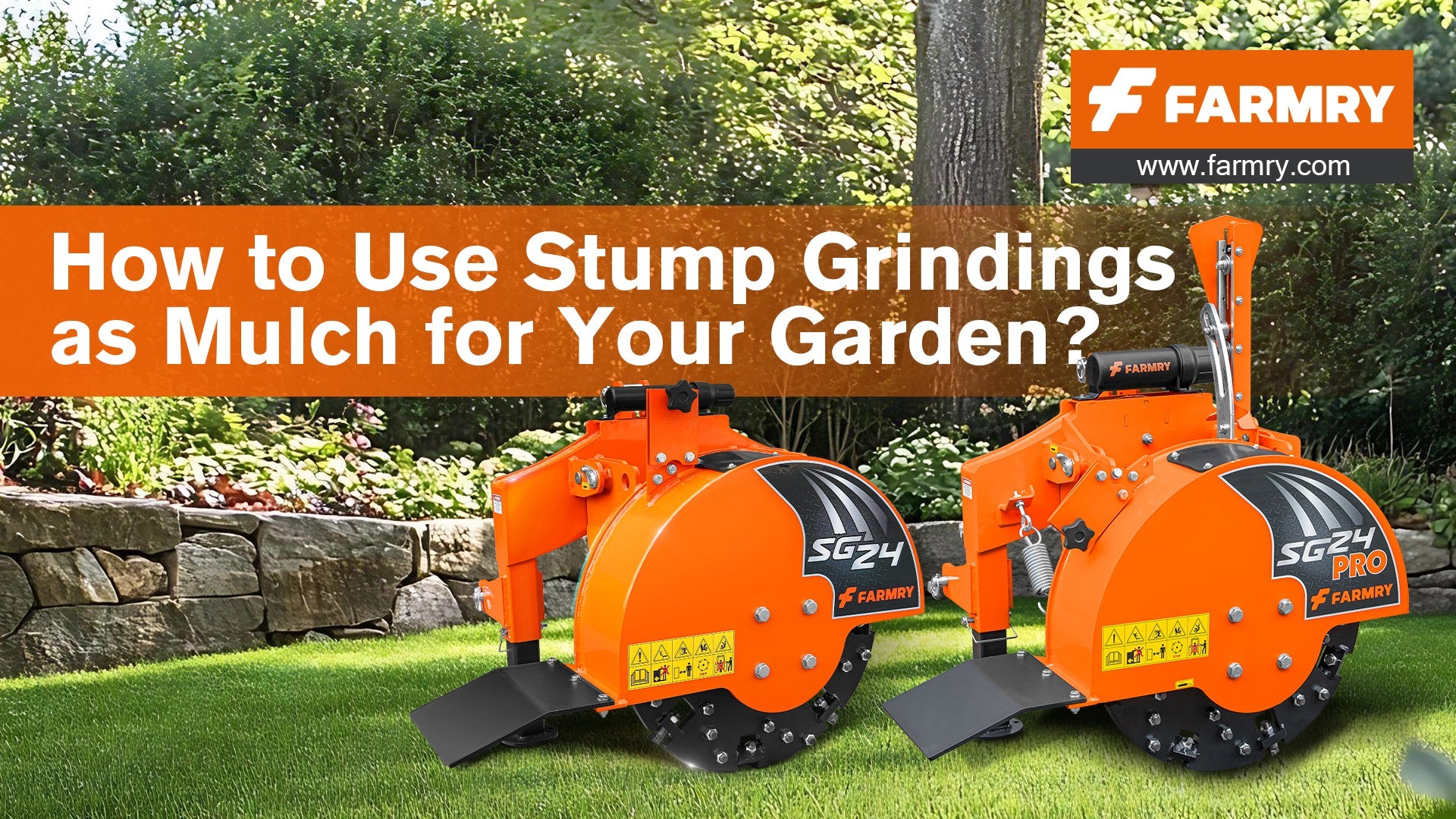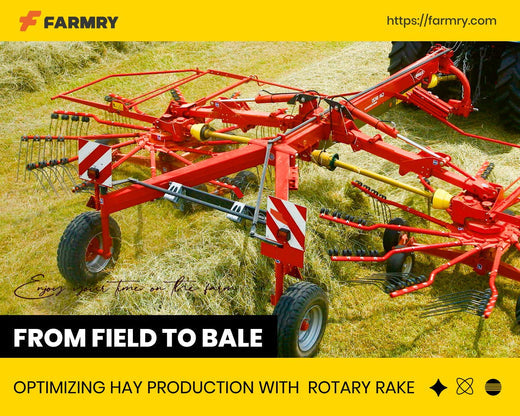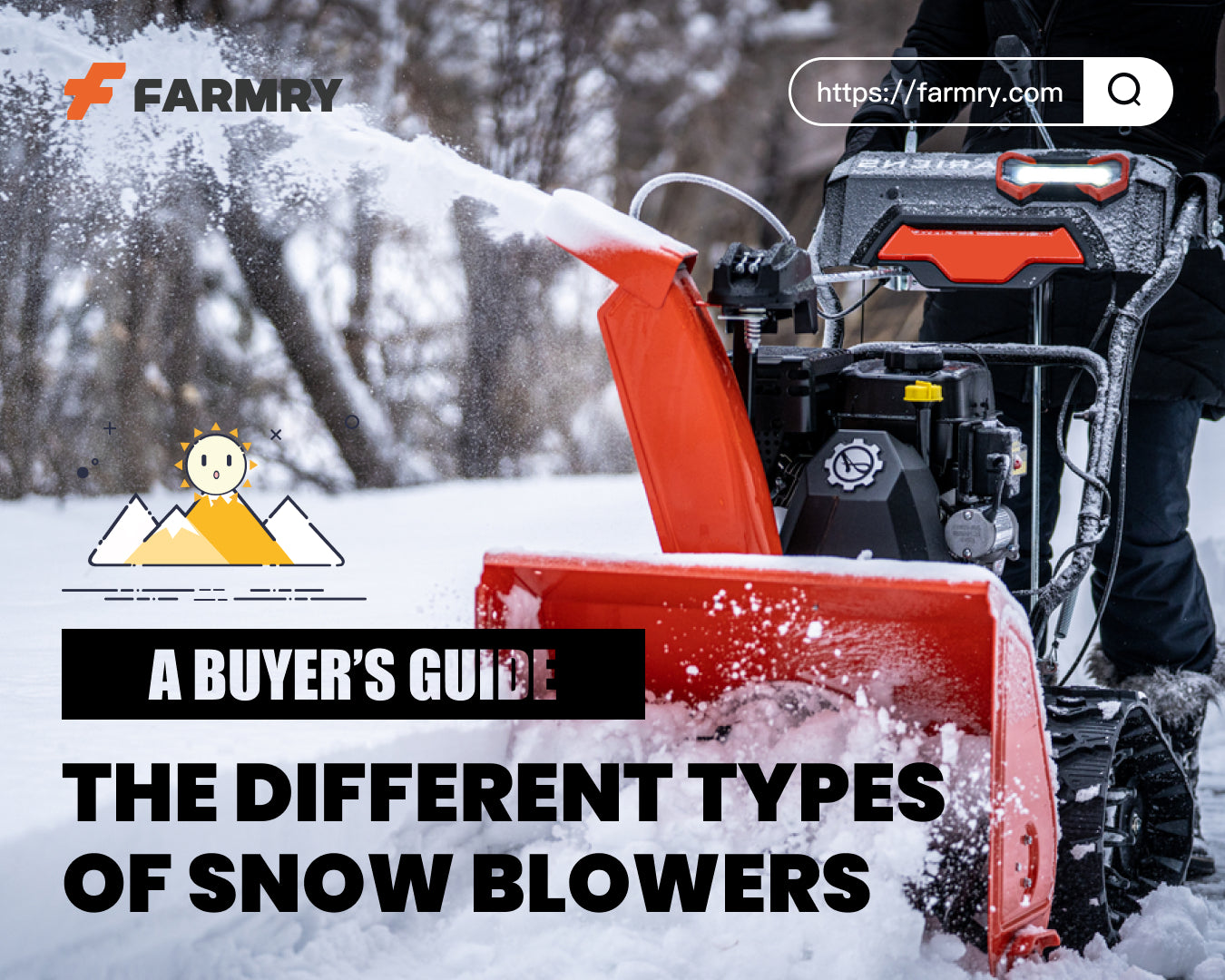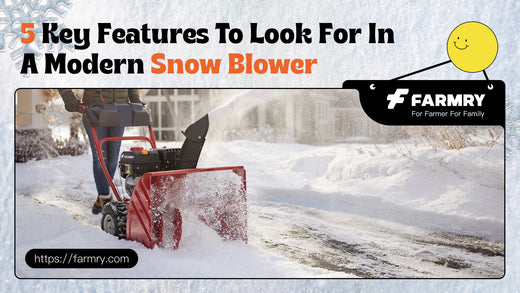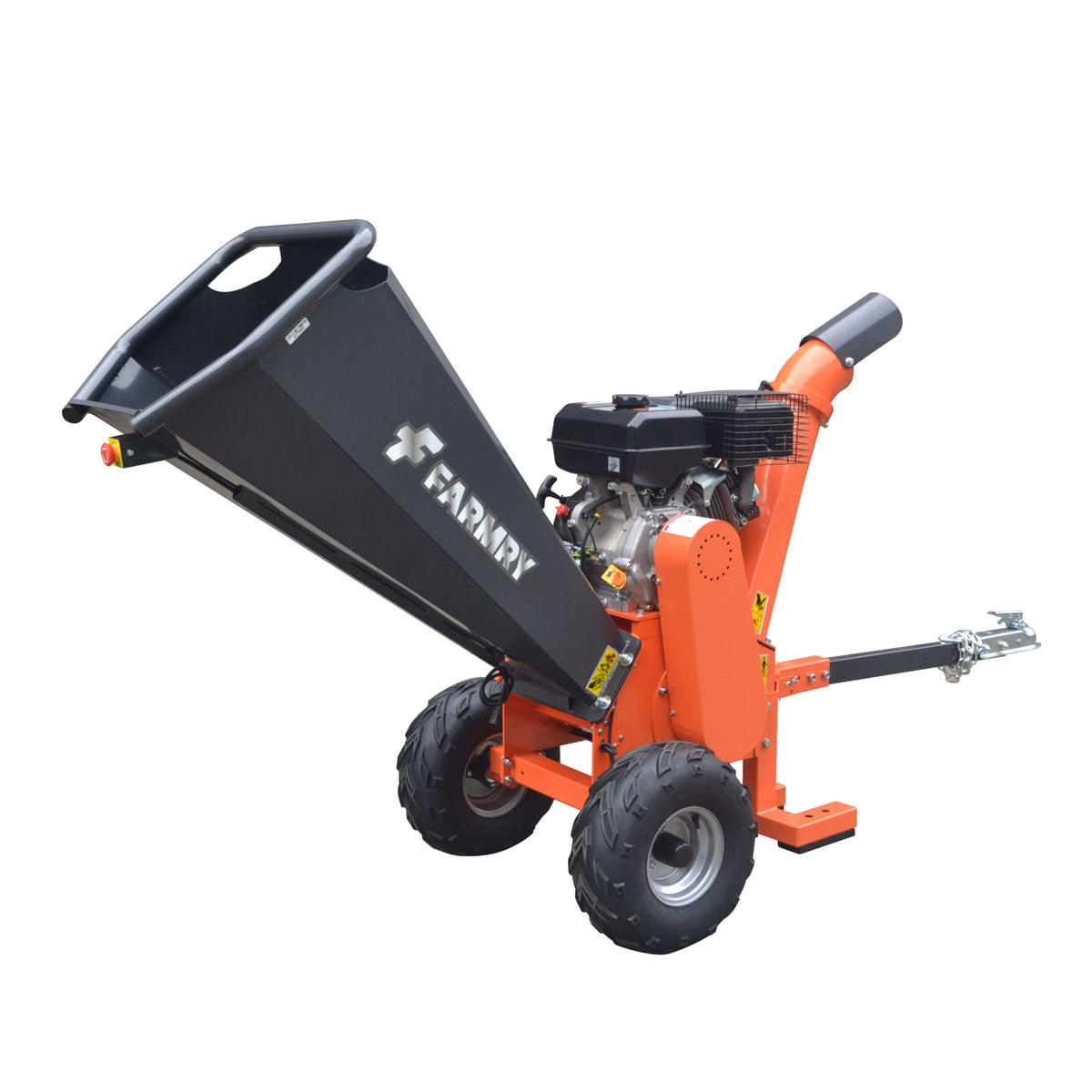How to Use a Stump Grinder: A Complete Guide for Safe and Effective Stump Removal
 Tree stumps can be an eyesore, a tripping hazard, and a nuisance in your yard. Whether you're a homeowner, landscaper, or professional arborist, learning how to use a stump grinder safely and effectively can save time, money, and frustration. In this detailed guide, we'll cover the proper use of a stump grinder, essential safety instructions, and step-by-step processes for stump removal. We'll also explore key equipment parts such as the cutting wheel, cutter head, and cutter teeth to help you fully understand the operation.
Tree stumps can be an eyesore, a tripping hazard, and a nuisance in your yard. Whether you're a homeowner, landscaper, or professional arborist, learning how to use a stump grinder safely and effectively can save time, money, and frustration. In this detailed guide, we'll cover the proper use of a stump grinder, essential safety instructions, and step-by-step processes for stump removal. We'll also explore key equipment parts such as the cutting wheel, cutter head, and cutter teeth to help you fully understand the operation.
Why Use a Stump Grinder?
A stump grinder is a powerful machine designed to grind tree stumps, roots, and root balls down to ground level or below. Instead of waiting years for a stump to rot or paying high labor fees for excavation, a grinder lets you finish the job efficiently. Rental companies often provide various models so even DIY homeowners can use a stump grinder with proper guidance.
Benefits of stump grinding include:
-
Quickly clears space for new landscaping, grass seed, or garden projects.
-
Prevents pests such as termites that thrive in decaying wood.
-
Eliminates tripping hazards in your yard.
-
Produces wood chips and mulch that can be reused in your garden.
Key Parts of a Stump Grinder
Understanding your equipment is critical before you begin the operation. A stump grinder typically consists of:
-
Cutting Wheel / Cutter Wheel: The rotating disc that grinds the stump into wood chips.
-
Cutter Head: Holds the cutter teeth, responsible for cutting through roots and wood.
-
Cutter Teeth: Sharp, replaceable blades that perform the grinding. Dull teeth reduce efficiency and can cause damage.
-
Control Panel: Allows the operator to move the machine forward, adjust height, and control functions.
-
Wheels or Tracks: Used to maneuver the machine into position.
Safety Instructions: Protect Yourself First
A stump grinder is a powerful machine that requires careful handling. Without proper safety gear, you risk serious injury. Always follow these safety instructions before beginning:
-
Wear safety goggles: Protect your eyes from flying debris, dust, and wood chips.
-
Ear plugs: Reduce exposure to loud engine noise.
-
Gloves & Safety Gear: Protect your hands, legs, and feet.
-
Steel-toe boots: Provide stability on uneven ground and protection against dropped equipment.
-
Never operate without reading the manual: Every machine is different.
-
Keep bystanders clear: The flying debris can injure anyone near the grinder.
Step-by-Step Guide: How to Use a Stump Grinder
1. Prepare the Area
-
Clear the yard of rocks, debris, and obstacles.
-
Trim the stump as close to ground level as possible with a chainsaw.
-
Use a shovel or rake to remove excess dirt and expose the roots.
2. Position the Grinder
-
Place the grinder directly over the stump.
-
Check that the cutting wheel is raised above the surface.
-
Stabilize the equipment on even ground.
3. Engage the Cutter Wheel
-
Start the machine and let the cutter head reach full speed.
-
Lower the cutting wheel until it makes contact with the stump.
-
Slowly lower in inches at a time—never force it.
4. Grind the Stump
-
Slowly swing the grinder side to side across the stump.
-
After clearing one layer, drop the wheel a few inches and repeat the process.
-
Continue to grind stumps until the roots and root balls are cut below ground level.
5. Handle Debris
-
Collect wood chips and mulch using a rake or shovel.
-
Decide whether to reuse chips for landscaping or haul them away in a truck.
-
Be cautious of dirt mixing with chips—it dulls cutter teeth quickly.
6. Fill the Hole
-
Once grinding is complete, fill the hole with fresh soil.
-
Spread grass seed or plant new landscaping.
-
Water the area to encourage new growth.
Pro Tips for Proper Use
-
Use the Control Panel Wisely: Avoid jerky movements—always slowly swing and advance the machine forward carefully.
-
Sharp Cutter Teeth: Inspect before every job; replace dull teeth immediately.
-
Avoid Excess Force: Let the cutter wheel and cutter head do the work. Forcing increases wear and risk of injury.
-
Check for Rocks: Hidden stones can damage teeth and cause dangerous flying debris.
-
Take Breaks: Extended operation can fatigue the operator and reduce attention to safety instructions.
Common Mistakes to Avoid
-
Not wearing safety goggles: Leads to eye injuries from debris.
-
Operating without ear plugs: Long-term hearing loss risk.
-
Cutting too deep too fast: Overloads the cutter wheel and dulls teeth.
-
Leaving roots uncut: The stump may regrow or leave an uneven surface.
-
Improper machine position: Causes uneven grinding and wasted effort.
What to Do After Stump Removal
Once you’ve completed the stump removal process:
-
Fill and Level: Compact the soil to avoid depressions later.
-
Reseed: Spread grass seed and mulch to restore your yard.
-
Rake and Clean: Remove remaining debris for a polished look.
-
Wait and Repeat if Necessary: Some stubborn roots may require a second round of grinding.
-
Advance Landscaping Plans: With a clear surface, you can dig, plant, or build.
Renting vs Buying a Stump Grinder
-
Renting: Best for homeowners with one or two stumps. Rental companies usually provide detailed safety instructions and quick training.
-
Buying: Makes sense for landscapers, contractors, or frequent users. Owning allows you to handle any job without waiting.
Tip: Always factor in maintenance costs such as replacing cutter teeth, oil changes, and belt adjustments.
Conclusion
Learning how to use a stump grinder properly transforms a daunting chore into a manageable process. By following safety instructions, using the correct safety gear, and operating with patience, you can efficiently complete stump removal while avoiding serious injury. Remember, the key steps are to trim, position, engage, swing, and fill. With the right approach, you’ll rid your yard of tree stumps, restore your ground surface, and create space for new growth.
Whether you’re a homeowner tackling a single stump or a professional landscaper handling multiple jobs, a stump grinder is the tool that helps you save time, improve safety, and achieve a clean result.

